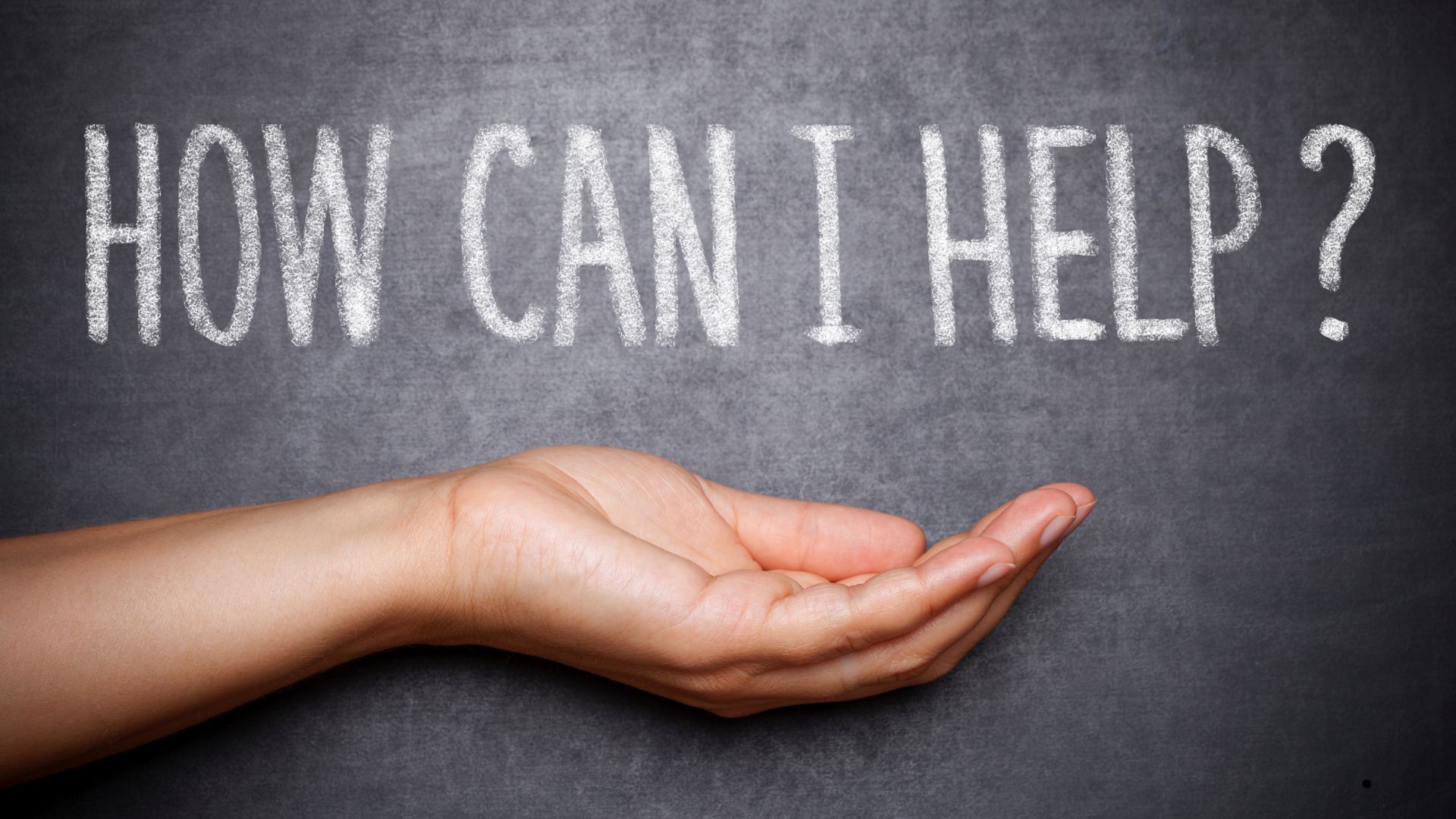To correctly differentiate instruction and meet the needs of all students, instructors can use numerous strategies tailored to the learning patterns, readiness, and hobbies of character college students. Differentiated guidance is an educational method tailor-made to house the varying wishes of college students within the school room, acknowledging that freshmen have awesome approaches to processing and engaging with information.
By granting college students the autonomy to select their knowledge of subjects, methods, and possibilities, educators can set up inclusive knowledge of environments that cater to the male or woman desires of each learner. This method includes adapting content, strategies, and substances to ensure equitable knowledge of opportunities for all college students and to foster motivation for achievement.
By the usage of loads of educational techniques, growing assessment strategies, and enhancing student-centered learning environments, instructors can better differentiate guidance and help the numerous desires of all students in the school room.
To differentiate coaching efficaciously and meet the wishes of all novices, you may put into effect diverse techniques across special areas which include content material, system, product, and environment. Here are some key ways to differentiate instruction:

- Content Differentiation: Consider the objective of the lesson and provide students with flexible options about the content they study to meet the objective. This can include offering extraordinary challenge counts, topics, or processes to cater to diverse knowledge of desires and preferences.
- Process Differentiation: Differentiate how students learn by grouping them based on their readiness or by creating groups that complement each other. This can involve varying instructional strategies and methods to accommodate different learning styles and paces.
- Product Differentiation: Allow students to demonstrate their learning in a variety of ways. Provide options for students in how they demonstrate their understanding of the content, whether through projects, presentations, written assignments, or other research methods.
- Environmental Differentiation: Create a supportive classroom environment that makes a difference. Making sure that students have proper access to materials, resources, learning opportunities, and all the required stuff that meets their individual needs. Promote collaboration, flexibility, and personalized learning experiences.
Differentiated coaching is a teaching technique that acknowledges and caters to the particular desires, hobbies, and strengths of every student inside the schoolroom. It involves tailoring lessons, activities, and assessments to fulfill the diverse mastering styles, readiness ranges, and cultural backgrounds of students. By doing so, educators can create inclusive and tasty mastering surroundings that support the academic and social-emotional increase of all college students.
To differentiate practice, instructors can modify four primary regions: content material, process, product, and surroundings. Content differentiation includes imparting college students with flexible options about the content they have a look at to fulfil the goal, from the issue or subject matter to method or presentation.
Process differentiation entails differentiating how students learn, inclusive of grouping students primarily based on their readiness or to supplement every other, or various way concepts are taught. Product differentiation applies to the types of assignments college students create, such as written reports, speeches, or art initiatives. Environment differentiation entails converting bodily things inside the lecture room, which include how desks are set up or organized, or in which students can sit.
To put into effect differentiated practice, teachers should first discover college students’ wishes via evaluation of test effects, observation of sophisticated sports, and tests of classwork. Then, they should establish instructional dreams for individual college students according to their desires, adapt how and at what tempo to offer education and assign distinct sorts of work to college students in keeping with their traits, with students’ wishes informing the difficulty and quantity of labor.
Differentiated education is beneficial for all beginners in the learning surroundings. When permitting desire in the master surroundings and using numerous academic strategies, sports, and resources, teachers can affect and hook up with more in their novices, building relationships and developing student-focused getting-to-know environments, helping and encouraging all newbies.
To differentiate guidance efficaciously, teachers must use several studying substances and sources, create instructional sports that make use of student’s strengths and learning possibilities, create an effective, pupil-targeted getting-to-know environment, deliver students a preference in gaining knowledge of and assessment activities, encourage person initiatives, boom the amount of idea-based studying, and inspire non-public connections to new getting to know.
In precis, differentiated preparation is a crucial coaching method that acknowledges and caters to the precise desires, interests, and strengths of every scholar in the schoolroom. By enhancing content material, system, product, and environment, teachers can create an inclusive and tasty getting-to-know environment that supports the instructional and social-emotional increase of all students. By differentiating guidance, teachers can enhance college students’ admission to mastering, encourage them to study, and make gaining knowledge of greater green.
Common misconceptions approximately differentiated coaching consists of the perception that it’s far the same as individualized preparation, that it’s miles simplest for suffering newcomers, or that it calls for growing entirely separate lesson plans for every student. However, differentiated guidance is a teaching approach that includes adjusting the content material, process, product, or surroundings of a lesson to meet the various wishes and master sorts of all students in a lecture room.
It isn’t always approximately developing separate lesson plans for every scholar, however as an alternative to making adjustments to the lesson to make certain that every college student has access to knowledge and can reveal their understanding in ways that work best for them. Differentiated education is not only for struggling newbies, but alternatively for all college students because it acknowledges that students have one-of-a-kind strengths, wishes, and pursuits. By differentiating education, instructors can create a greater inclusive and tasty mastering environment that supports the educational and social-emotional growth of all college students.




